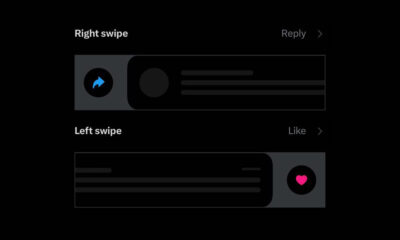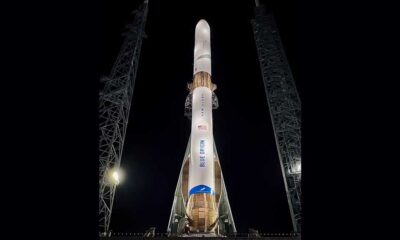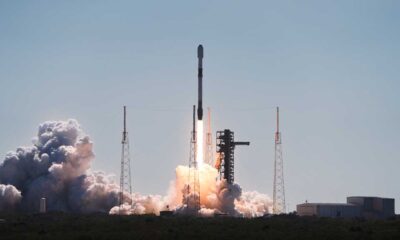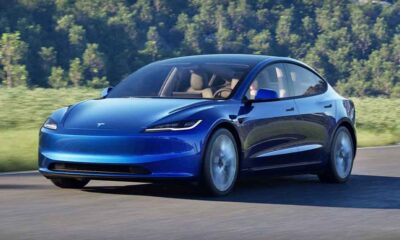EV
This new EPA testing policy could bring down range of EVs in 2024
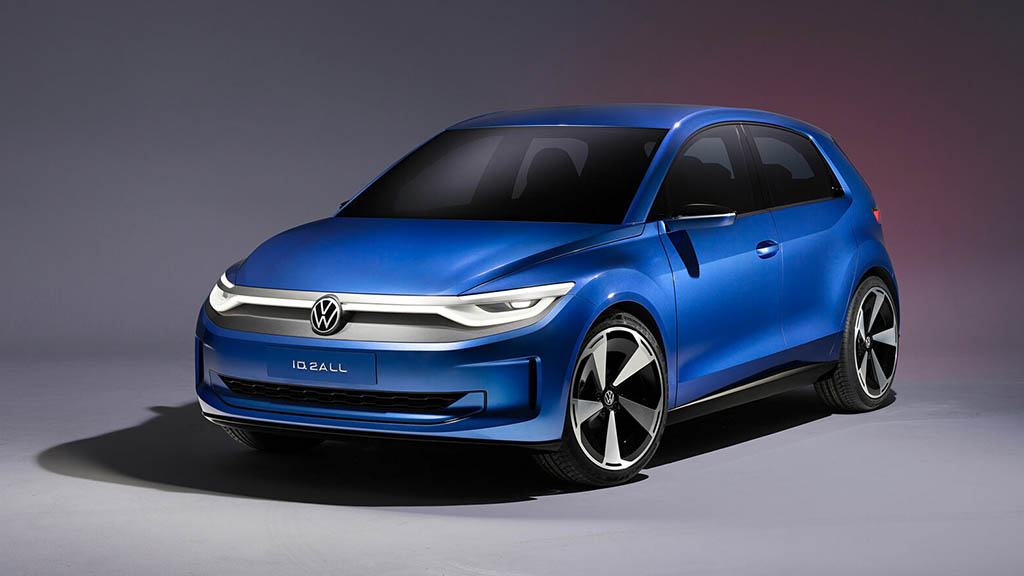
Yesterday, Tesla updated its electric car models in the U.S. and brought down range, this caught the attention of many around the internet but there’s also a hidden mystery behind this sudden change that we may see in all EVs sold inside the U.S.
An EPA document spotted by Sawyer Merritt reveals how things have been shifting in the world of EV lab testing range lately.
The U.S. Environmental Protection Agency (EPA) published a policy revision in July 2022. It mandates a new testing policy for battery electric vehicles (BEVs) with “multiple driver mode selections”.
This revision aims at the manufacturers to ensure that the labeled EPA data matches their vehicle’s real-world performance. The new policy is applicable as a new MPGe and Range Testing standard for all BEVs starting 2024 model year and later vehicles.
The policy notes that the manufacturer may not need to conduct entirely new range tests if their previous data is valid. For example, no changes to the vehicle requiring new MPGe/range testing are required.
Manufacturers, who add a new configuration to a test group for 2024 and later must present new test results using this policy but existing data can still be used if it is representative.
What are the changes?
The new policy revision says that the performance of new modern vehicles can vary based on the driver’s “direct or indirect choices” using touch screens, switches, buttons, menu selection, and adaptive features.
These features and capabilities also affect vehicle performance on official certification tests that are used to determine MPGe and range, according to EPA.
The new revision requires all manufacturers to describe the EPA range based on a “default driving mode”, the one that most of the drivers use as a standard driving mode after each driving cycle.
“The number of possible selections increases with each model year and each added feature. Furthermore, due to the complexity, it is unclear whether all drivers read, understand, and follow the instructions in the owner’s manual. Some vehicles may have more than 100 unique drive modes. Because of this increased complexity, the EPA believes that the drive mode that the manufacturer programs the vehicle to be in during real-world operation is very important.” explains the document.
If a single default mode doesn’t exist in a BEV, then the manufacturer must test for range and MPGe in one of the two methods:
- Determine the best-case and worst-case latching modes for range and MPGe. Test in both modes and average the results.
- Determine the worst-case latching mode for range and MPGe and test in that mode only.
There’s a lot more that is described in the EPA documentation, which you can read here. But for now, there’s no certainty on which car maker will adopt new changes in EPA testing or range in EVs after Tesla in new models.

